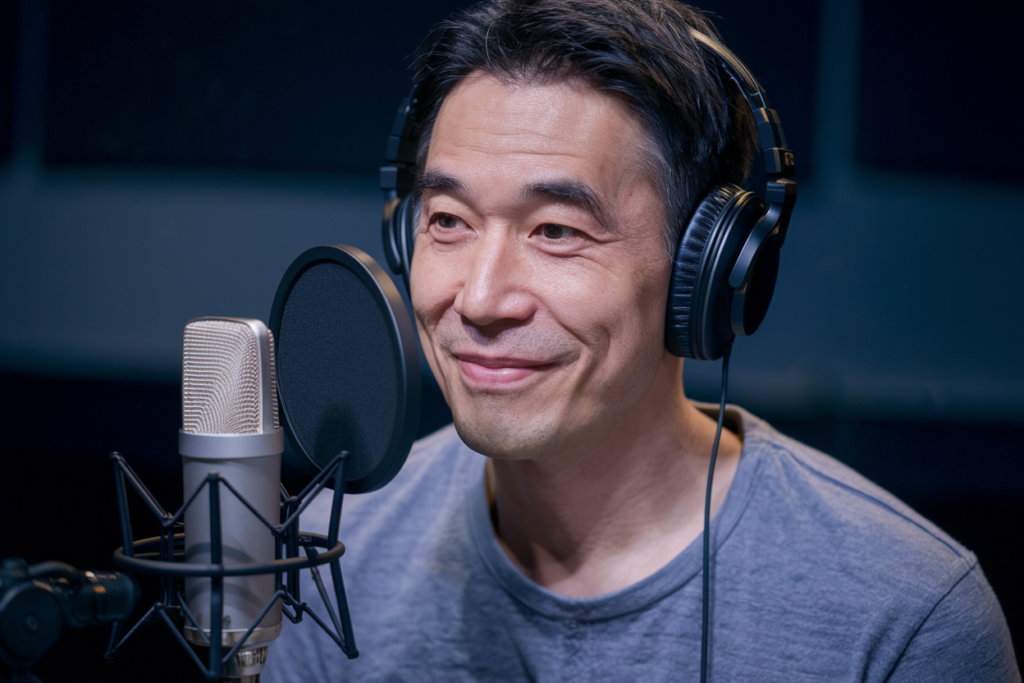Key Takeaways
- Cultural Understanding is Essential: Successful Japanese video localization requires a deep understanding of cultural nuances, humor, and storytelling styles to create relatable content.
- Voiceover Quality Matters: Selecting skilled voice actors who can convey emotional tones and embody cultural subtleties significantly impacts viewer engagement.
- Contextual Adaptation is Key: Phrases and jokes must be adapted rather than directly translated to resonate with Japanese audiences while maintaining the original spirit of the content.
- Focus on Timing and Rhythm: Proper synchronization of audio with visuals is crucial; pacing should align naturally with scene flow for enhanced comprehension.
- Choose the Right Localization Team: Collaborating with professionals knowledgeable in both language and culture ensures authenticity in translations, improving audience connection.
- Technical Considerations are Critical: Attention to audio formats, subtitle timing, and compatibility across platforms enhances viewer experience and accessibility.
Ever wondered why some games and videos resonate better with Japanese audiences? It all boils down to effective localization. When it comes to Japanese video localization, it’s not just about translating words; it’s about capturing the essence of culture, humor, and emotion that makes your content truly connect.
Understanding Japanese Video Localization
Japanese video localization involves more than just translating scripts. It means adapting content to align with cultural nuances and audience expectations. Successful localization requires a keen understanding of the local market, including popular trends, humor, and storytelling styles.
Voiceovers play a crucial role in this process. Selecting the right voice talent can significantly impact how your message resonates with viewers. Voice actors must not only convey dialogue but also embody the emotional tone that matches your video’s intent. Whether you’re aiming for excitement or subtlety, choosing skilled voice artists ensures authenticity.
Focusing on context matters too. Phrases or jokes that work in English may fall flat in Japanese without proper adaptation. A talented voice over artist knows how to adjust these elements effectively while maintaining the original spirit of the content.
Another key aspect is timing. The speed and rhythm of speech differ between languages, making it essential to sync audio with visuals seamlessly. Experienced voice over talents understand pacing and can deliver lines that fit naturally within the flow of scenes.
Lastly, always consider audience preferences when selecting your team for localization projects. Collaborating with local experts who have lived experience provides valuable insights into what will engage viewers most effectively.
Invest time in understanding these aspects of Japanese video localization to enhance viewer engagement and ensure your content connects meaningfully with audiences.
Importance of Cultural Context
Cultural context plays a crucial role in Japanese video localization. Understanding the nuances of language and culture can elevate content from simply translated text to engaging, relatable material.
Language Nuances
Language in Japan is rich with subtleties. Honorifics and levels of politeness change how messages resonate. For instance, using casual language among friends differs greatly from addressing someone in a formal setting. Voice actors must embody these nuances while delivering lines, ensuring that every tone and inflection aligns with cultural expectations. Localizing humor also requires sensitivity; jokes may not translate directly but can be adapted to fit local tastes without losing their essence.
Regional Variations
Japan’s diverse regions contribute unique dialects and expressions that enhance storytelling. A voice artist familiar with these regional variations brings authenticity to the project. For example, Osaka’s lively dialect contrasts sharply with the more reserved tones found in Tokyo. Incorporating these differences into your localization efforts enriches character development and makes narratives more immersive for viewers across Japan.
Understanding cultural context ensures that your localized content doesn’t just reach an audience but resonates deeply within it, creating lasting connections through well-executed voiceovers tailored specifically for Japanese audiences.
Best Practices for Translation
Effective translation in Japanese video localization involves more than just converting words; it requires an understanding of cultural subtleties and audience expectations. Here are some best practices to ensure your content resonates well in Japan.
Choosing the Right Localization Team
Selecting the right localization team is crucial for success. Look for professionals with expertise not only in language but also in Japanese culture and media trends. A skilled team will understand regional dialects, humor, and storytelling styles that appeal to local audiences. It’s important to include voice talent experienced in adapting content specifically for Japanese viewers, as they can bring authenticity to characters through their performances.
Maintaining Authenticity
Authenticity plays a vital role in connecting with your audience. Ensure your translations reflect the original tone and intent while adapting phrases or jokes appropriately. Voice actors should embody cultural nuances like honorifics and levels of politeness that characterize the Japanese language. This depth enhances viewer engagement by making dialogue feel genuine rather than forced or awkward. When you focus on maintaining authenticity, localized content becomes more relatable, creating a lasting impact on your audience’s experience.
Technical Considerations
When localizing video content for Japanese audiences, technical aspects play a crucial role in ensuring a seamless viewer experience. Proper attention to detail can enhance the effectiveness of your message and engage viewers more deeply.
Audio and Subtitle Timing
Timing is key in localization. You need to align audio tracks with subtitles precisely to maintain clarity and flow. When adapting dialogue for voiceovers, consider how speech rhythms differ between English and Japanese. Pacing must match visuals closely so that dialogues appear natural rather than forced. This synchronization enhances comprehension, especially during fast-paced scenes or comedic moments where timing can amplify humor.
Selecting skilled voice actors who understand this nuance helps deliver lines that sync well with on-screen action. These professionals adapt their delivery speed based on the context of each scene, ensuring that viewers stay engaged without distraction.
Format Compatibility
Ensuring format compatibility across different platforms is essential in video localization. Various devices may require specific audio formats or subtitle styles to display correctly. For instance, some platforms support only certain file types for audio files or impose character limits on subtitles.
You should also consider the resolution of visual assets alongside audio requirements to create a cohesive presentation. Choosing versatile formats allows your localized content to reach wider audiences without technical hiccups.
By prioritizing these technical considerations during Japanese video localization, you set the stage for an engaging viewing experience that resonates with local audiences while highlighting the importance of expert voice talent in achieving your vision.
Conclusion
Mastering Japanese video localization is essential for connecting with local audiences. By focusing on cultural nuances and adapting humor and emotions, you can create content that resonates deeply. The right voice talent and understanding of regional dialects enhance authenticity, making characters come alive.
Prioritizing proper timing and technical considerations ensures clarity in your videos, allowing the audience to engage fully. Choosing a knowledgeable localization team will elevate your project by reflecting both the original intent and the unique characteristics of Japanese culture.
Embrace these tips to make your localized content not just translated but truly engaging for viewers in Japan. Your efforts will lead to stronger connections and a lasting impact on your audience’s experience.
Frequently Asked Questions
What is Japanese video localization?
Localization in Japanese video involves adapting content to resonate with local audiences, focusing on cultural nuances, humor, and emotions beyond simple translation.
Why is voiceover important in Japanese localization?
Voiceovers are crucial because the right voice talent can convey emotional tone and context effectively, enhancing how the content connects with viewers.
How does cultural context impact localization?
Understanding Japan’s language subtleties and cultural expectations allows for a deeper connection with audiences, ensuring that localized content feels authentic and engaging.
What are some best practices for translating into Japanese?
Best practices include having a knowledgeable localization team, maintaining authenticity by reflecting original tone, and adapting phrases to fit local culture while being relatable.
How do regional variations affect video localization in Japan?
Regional dialects and expressions enhance storytelling. Familiarity with these variations helps voice artists create authentic characters that resonate across different areas of Japan.
Why is timing significant in audio-visual synchronization?
Timing ensures dialogue matches on-screen action seamlessly. This is especially vital in fast-paced or comedic scenes where timing enhances humor and viewer engagement.
What technical considerations should be kept in mind during localization?
Key technical aspects include proper audio alignment with subtitles and ensuring format compatibility across devices to avoid clarity issues while reaching wider audiences.







